
Tech & Sci
19:57, 21-Dec-2017
Belt and Road: Thailand-China railway under construction
By Martin Lowe
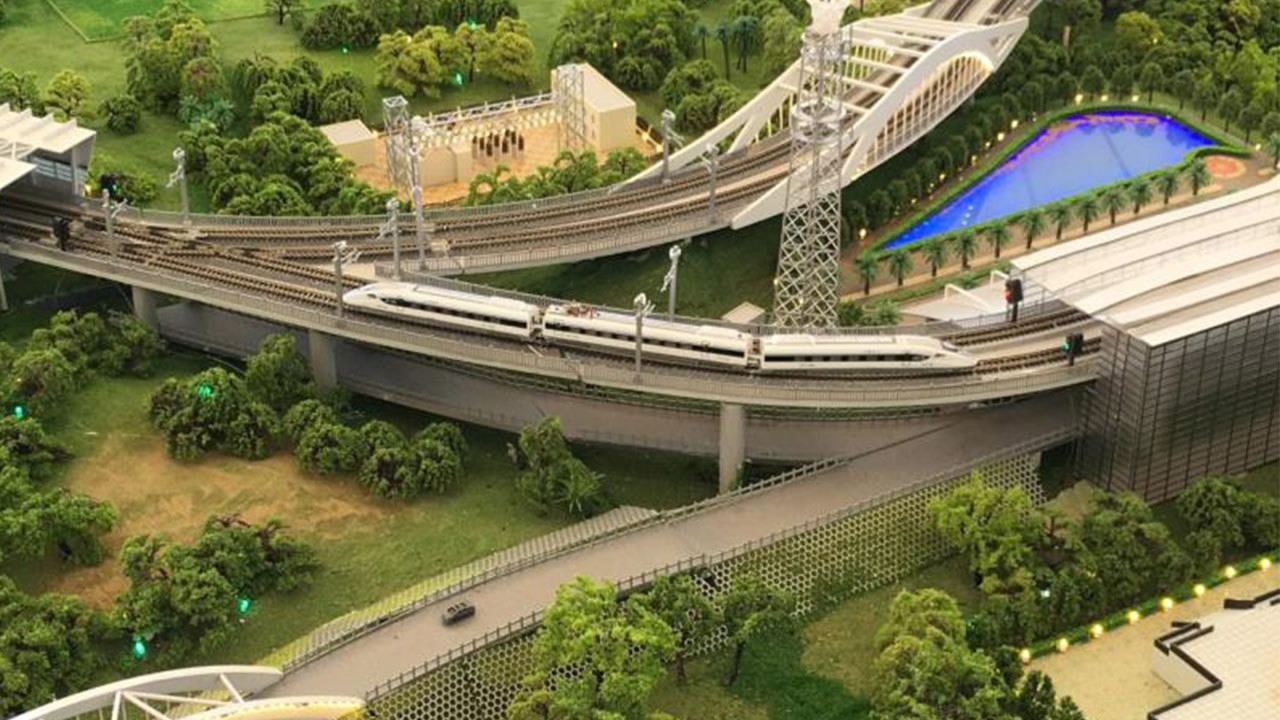
The construction work has begun on Thailand’s first high-speed railway – the Thailand-China high-speed railway. It is also the country’s biggest Belt and Road project, marking the dawn of a new era in Thai rail travel.
A groundbreaking ceremony took place at the midway point of somewhere called Nakhon Ratchasima on Thursday. The place was chosen because it’s the spot where, in 1900, Thailand’s first major rail line was completed.
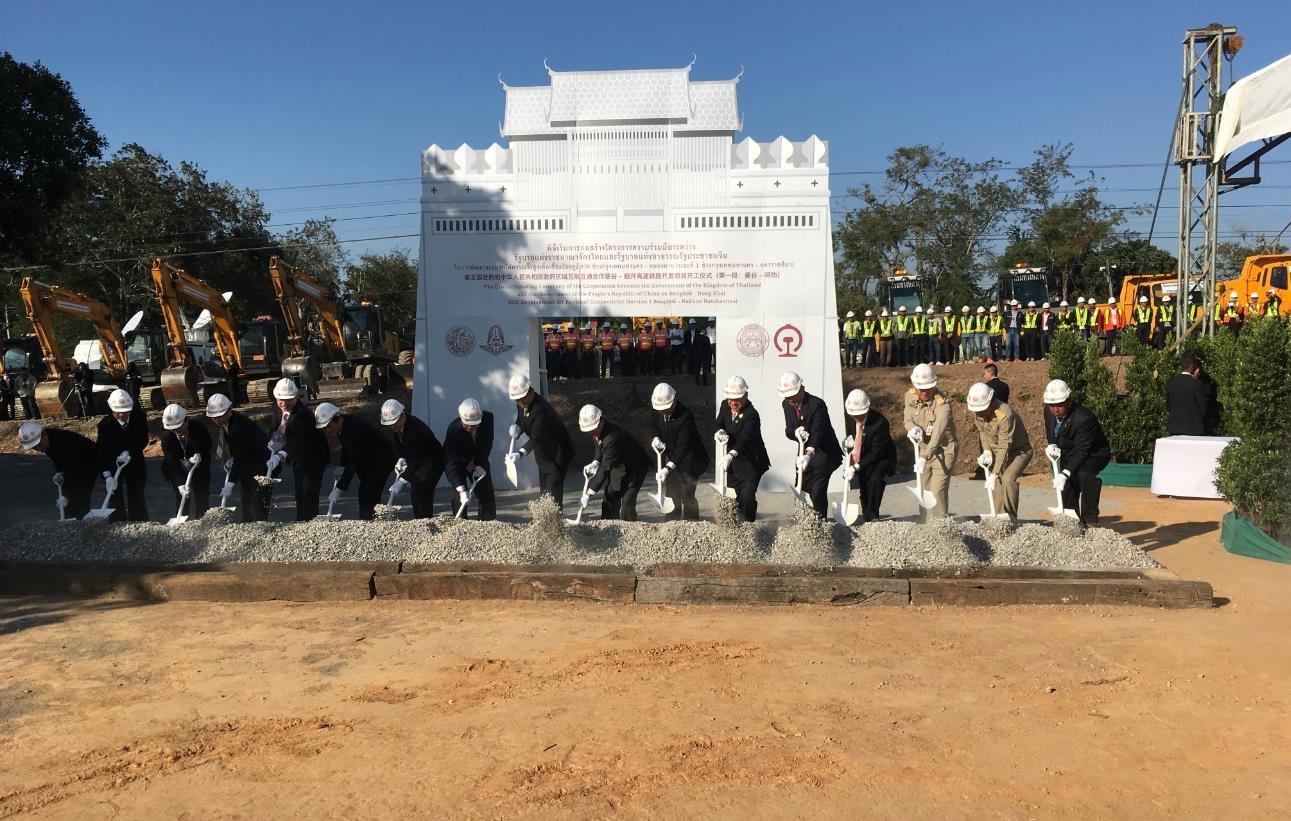
The groundbreaking ceremony /CGTN Photo
The groundbreaking ceremony /CGTN Photo
The rail network has been neglected in Thailand. There have been few improvements since it was built 100 years ago, as the country looked instead towards roads and air travel.
Riding trains is cheap, but they’re old and slow – pulled by diesel locomotives the average speed across the country is just 50 km/h. Because of the ageing track, derailments are common.
The trains stop at many stations, and as a result journeys seem to take forever. People take the train for sightseeing, and only if they’re not in a hurry.
However, after years of planning and negotiation, a start has now been made on the country’s first new rail system.
An impressive 600-kilometer track is planned, from the capital Bangkok to the city of Nong Khai, at Thailand’s northeastern border with Laos. Brand-new electric trains will run at speeds of up to 250 km/h. A journey that now takes 10 to 12 hours will be cut to just three and a half.
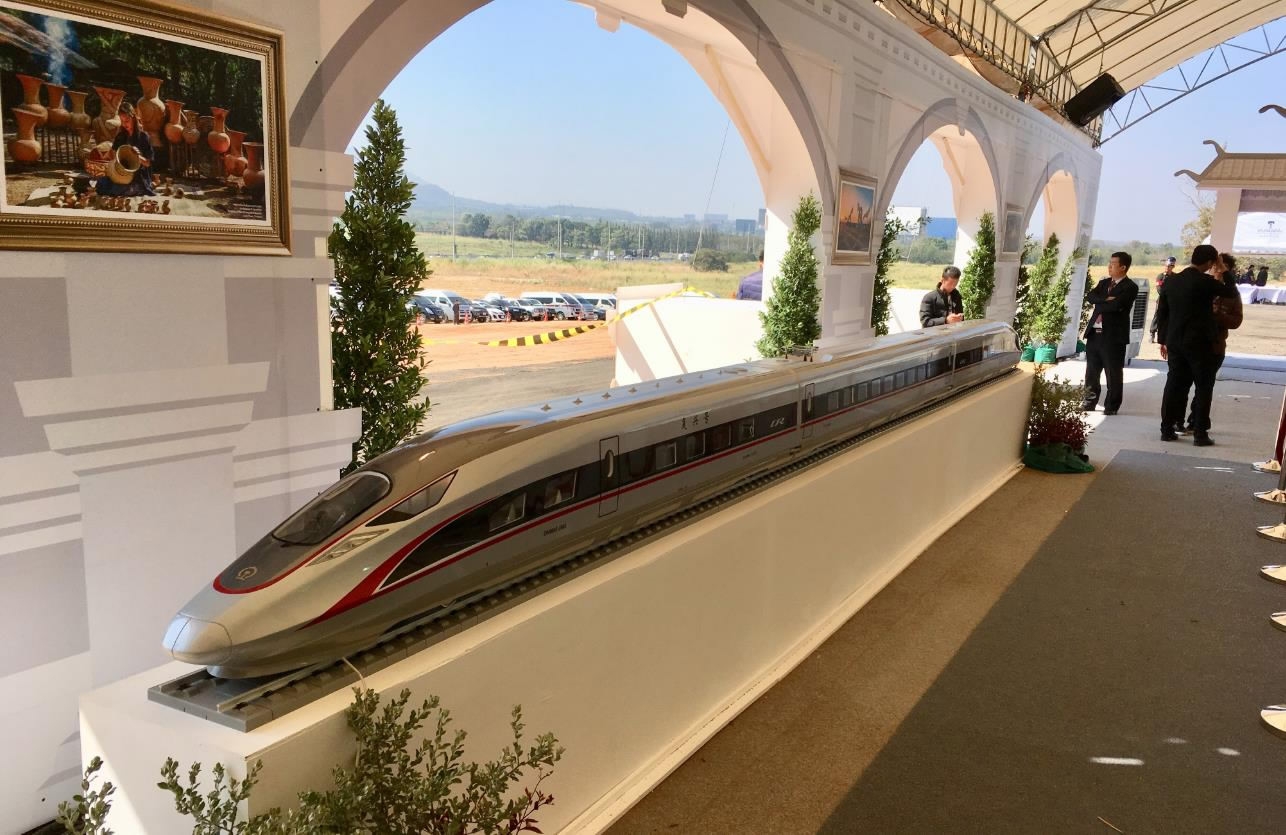
Model of high-speed train /CGTN Photo
Model of high-speed train /CGTN Photo
The scheme is a partnership between China and Thailand.
Thailand will own the network and is paying the cost of 12 billion US dollars, while the expertise comes from China, which will design the railway and supply the trains.
The construction work has already started to sink pilings into the ground to support the new super-fast track. It’ll take three to five years to complete the whole project.
“On behalf of the Chinese government and myself, I would like to thank everyone who is collaborating on this project. It’s win-win for all of us,” said Wang Xiaotao, vice chairman of China’s National Development and Reform Commission.
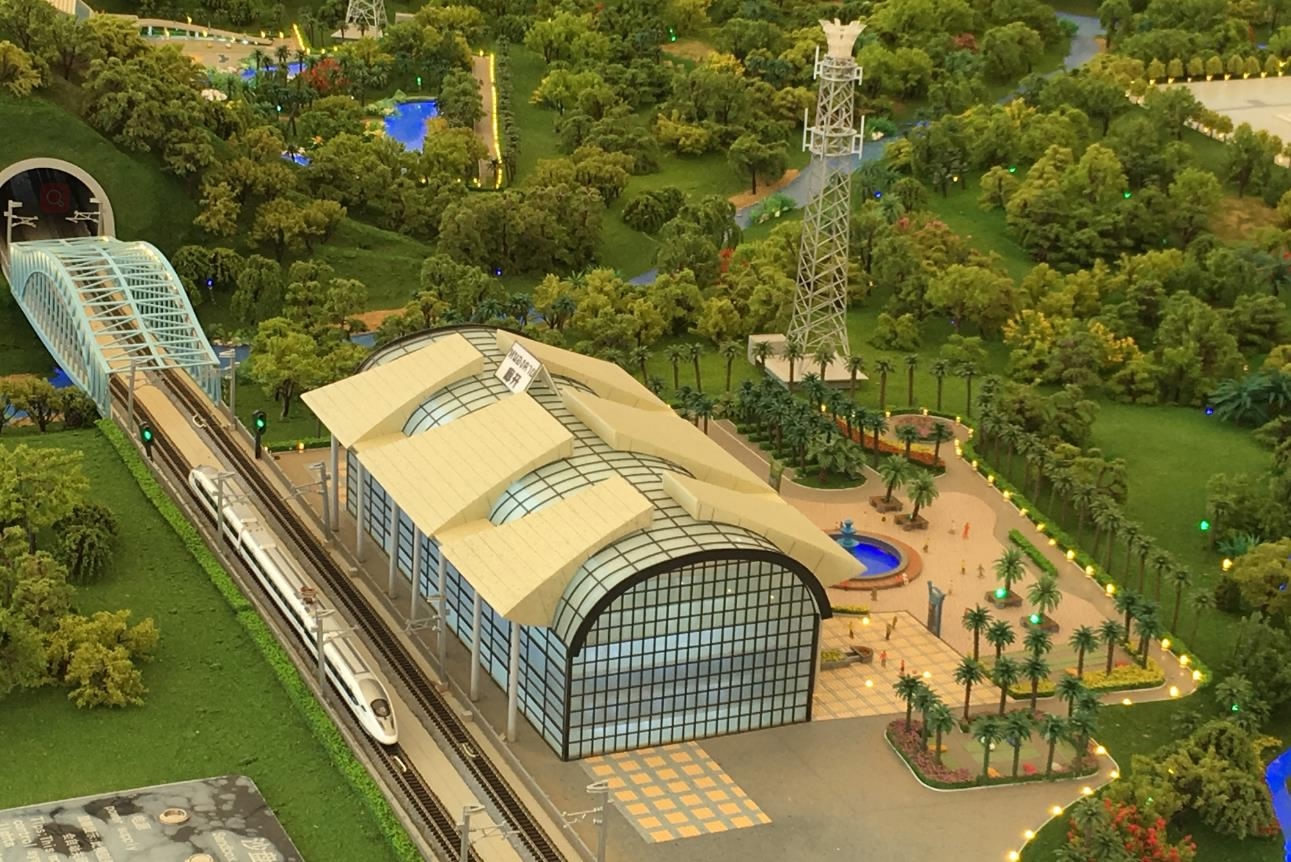
Model of part of the high-speed network /CGTN Photo
Model of part of the high-speed network /CGTN Photo
The Thai government hopes the new train will tempt more people to use the railway, which will slash journey times, be more comfortable and safer. Also, it will make the picturesque – but remote – northeast of Thailand accessible to those who must work in the capital but want to have a home in the country.
“The Thai government is committed to infrastructure development to enhance regional connectivity and the facilitation of cross-border economic links,” said Prayuth Chan-o-cha, prime minister of Thailand.
In the future it’s planned to continue the railway north through Laos to south China. In the opposite direction, it’s hoped to push south through Malaysia to Singapore, creating a Trans-Asian rail network.
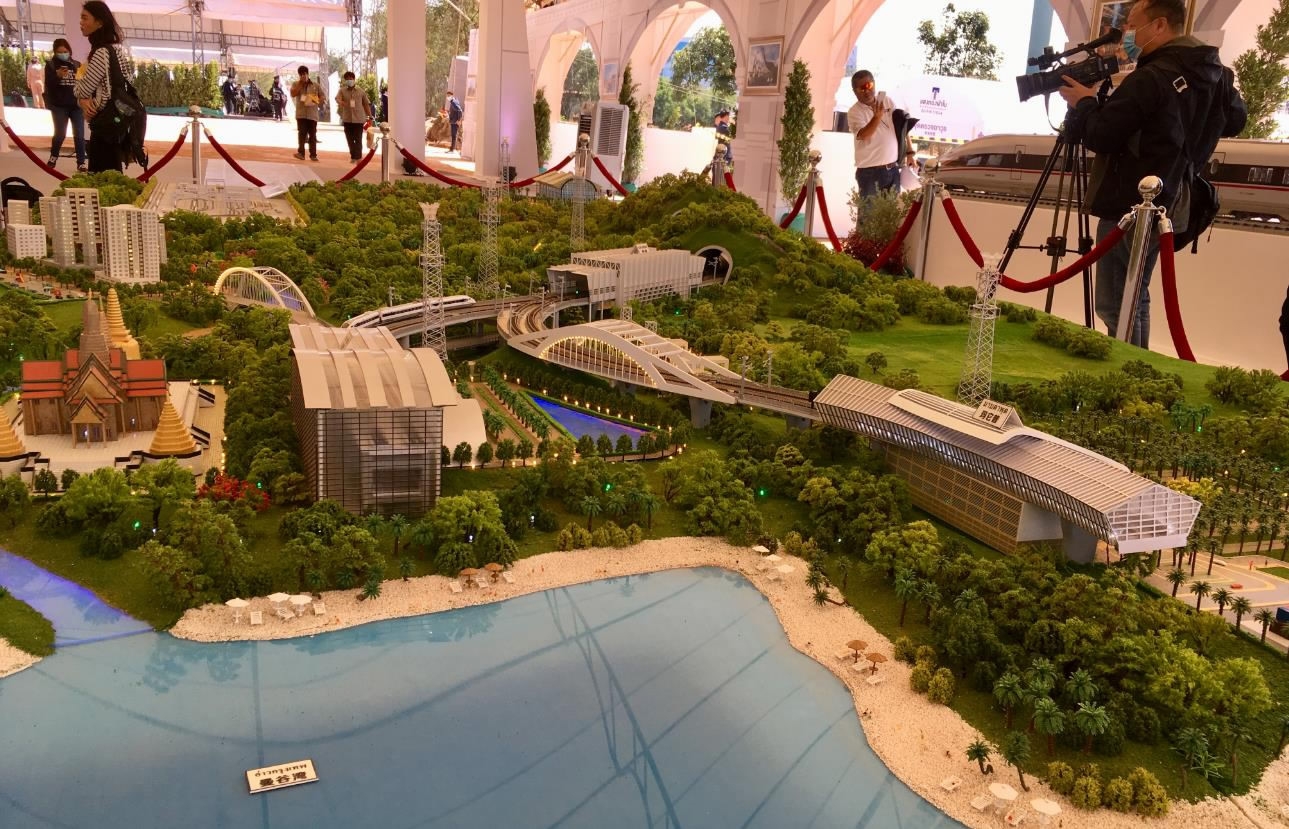
High-speed network is a new era in Thai rail travel. /CGTN Photo
High-speed network is a new era in Thai rail travel. /CGTN Photo
That would provide new routes for travel, tourism and freight transport – a perfect example of China’s Belt and Road vision to boost connectivity between nations.
3105km

SITEMAP
Copyright © 2018 CGTN. Beijing ICP prepared NO.16065310-3
Copyright © 2018 CGTN. Beijing ICP prepared NO.16065310-3